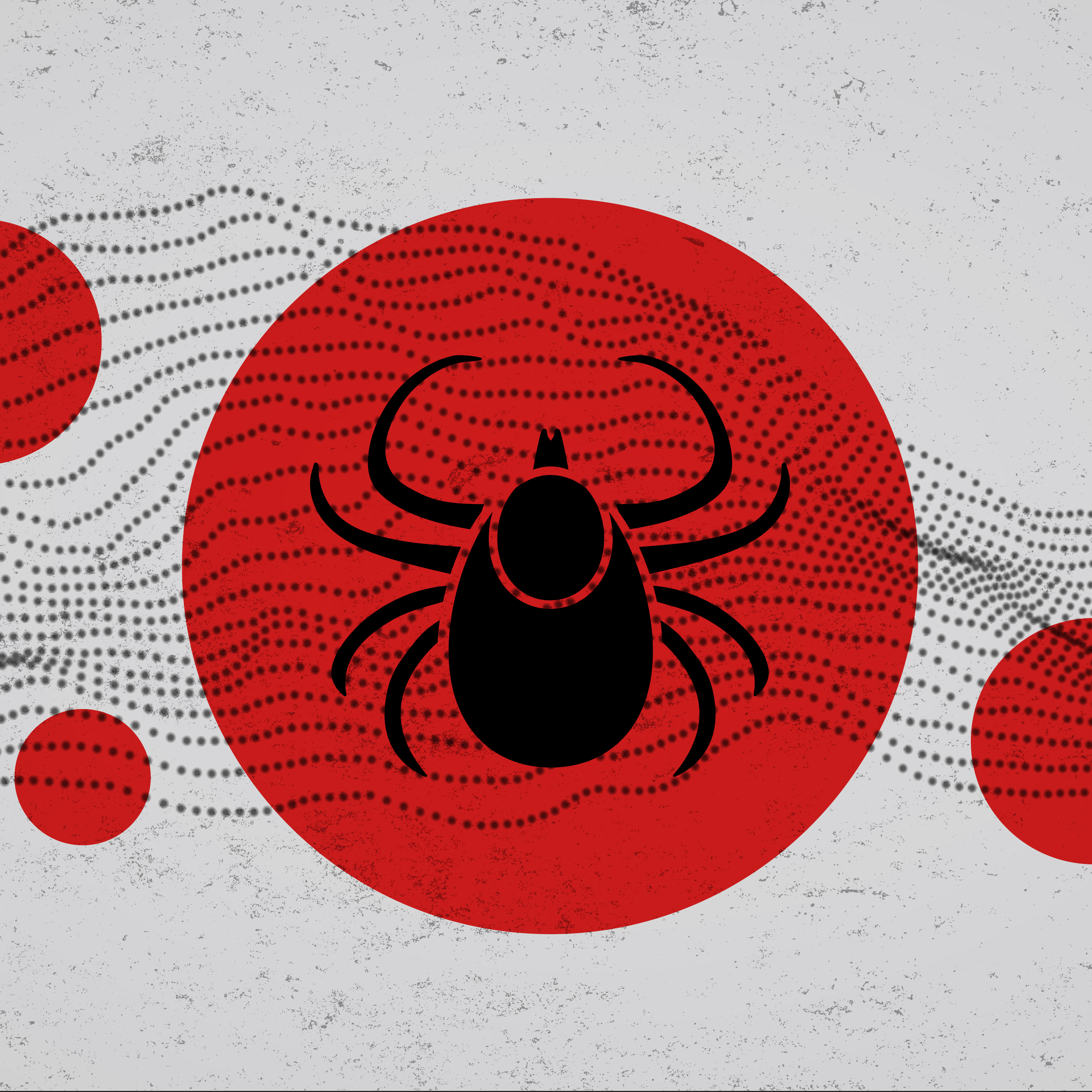Brian Hasselfeld joined Johns Hopkins Medicine in July in the newly created position of assistant medical director for digital health innovations in the Office of Johns Hopkins Physicians.
His job calls for guiding clinicians and shaping strategy across Johns Hopkins Medicine regarding use of telemedicine, big data and other technologies to improve patient access and care.
Hasselfeld, who is also the interim medical director of the Office of Telemedicine, practices internal medicine and pediatrics at Canton Crossing, where he plans to offer video visits.
In a Q&A, Hasselfeld discusses his role as assistant medical director for digital health innovations and what he sees as the future of digital health innovation at Johns Hopkins. Here’s an excerpt:
Q: What does your job entail?
A: I have two main goals. One is to think through a digital strategy for our care delivery system and effectively communicate it to providers and leadership. The other is to be a point of contact for clinicians pursuing digital health strategies.
So, for example, I am working with the established team at the Office of Telemedicine to support its great work improving convenience and access for patients through programs like in-home video follow-ups for people with amyotrophic lateral sclerosis [ALS], and subspecialty video follow-ups for children with complex medical conditions or who live far away from our children’s center.
I’m also a resource for the software development group within the Technology Innovation Center, supporting clinicians who want to move forward with their digital-based ideas for improving care, and I’ll be advising our Hexcite accelerator for the next cohort of clinician-led digital innovations.
In addition, I’m working to support a clinical-based business plan for our leadership in data and analytics with our precision medicine inHealth initiative. I’m also working with our Home Care Group, which has done an excellent job with remote patient monitoring, to think through ways to expand use of home-based devices to provide convenient wraparound care for our patients.
Read the full article: “Johns Hopkins Hires Point Person for Digital Health Strategies.”



